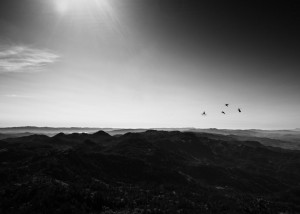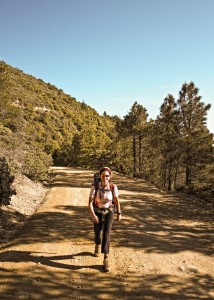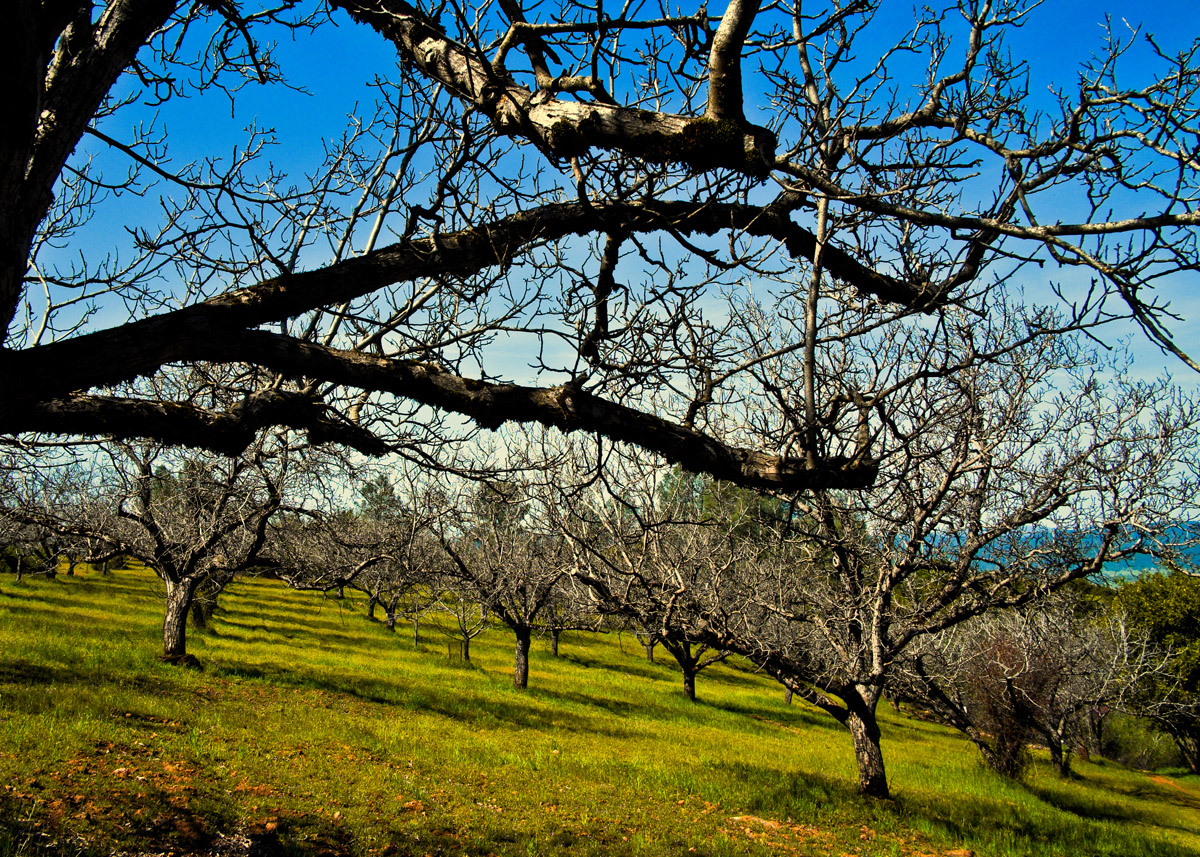Ah Calistoga, home of the wine country, heart of Napa. Place where I drank beer. Oops.
It’s a truly magnificent area. You should visit.
We spent the weekend hiking with the new FujiFilm X-Pro1 brick. There I said it,

it’s a brick. It’s a fabulous brick. It looks old-skool and it’s solid enough that you can drive your car over it, though that’s probably not covered by the warranty.
Even though I have nerd-leanings, I always read the camera manual. Sometimes it’s because there’s some esoteric function that I want to try, sometimes (as in the EP-2) the menu system is so terrible you just have to get some pointers. But in the case of the X-Pro1 it was much more basic. Without consulting the manual I just couldn’t get the damn thing to take a picture!

The Fuji, as I said is old-skool. It wants really really badly to be confused with an old range-finder or a new Leica, and so it does things that someone who’s only ever owned Nikon digital cameras (me) found very odd. The obvious example is setting the aperture by twisting a ring on the lens. The view finder too is old fashioned. No through-lens viewing for Fuji, instead you get an along the barrel view which is just alien to my modern eyes.
The combination of turning the lens while simultaneously looking down the side of it is magnificent. It really makes you feel like a pro. Once I got used to the idea, I loved it. All cameras should do this!

Having finally managed to get it take pictures my next surprise was that there’s no instant review of the image. Every digital camera I’ve ever seen, as soon as you take a picture it pops it up on the screen so you can see it. Not the Fuji, you have to press a button, and even then it doesn’t show you every picture you’ve taken. If you take a burst of 6 images (its maximum) then ask to see them, it will only show you the first. The remaining 5 are previewed as a repeating tiny thumb-nail movie in the bottom right corner. Like the view-finder I thought this weird at first, but grew to love the idea. Why do we need to see all the pictures on a 3″ screen? Surely that’s what my 27″ mac is for? And no, there is no menu item to change any of this, I checked. And I read the manual remember.

Like all point and shoots (if you can call a $2000 camera a point and shoot) it uses SD cards for storage. Unlike other cameras however, it uses tiny little mice, with tiny little quills, to accurately but painfully slowly etch the digital data on to the card. This camera has the slowest card write speed I’ve ever seen. Really truly horribly slow. Was I using the fastest card on the market? Nope, but I was using the same card I use in all my other point and shoots, and the rocket fueled mice in those marched at double time!

Is write speed an issue? It certain is on this camera. Fuji once again does something I’ve never seen another camera do. While it’s busy slowly storing image data, every single one of it numerous buttons is disabled. Want to rattle off a few frames, and then quickly refocus the system for the next shot? Can’t. The camera is locked while the mice take a long lunch break. This camera is built for the slow and deliberate. No paparazzi will ever own one.

Did I mention the numerous buttons? It’s insane. Want to scroll through the stored images? There’s a wheel for that. What to move the focal point? There’s a 4 way arrow system for that. Where other cameras are more than happy to double, triple, or even make context sensitive their buttons, Fuji thinks you need a unique and separate button for every feature. I can only describe this as madness.
Talking of focal points, I think the Fuji might have a bug.

Look at this image. Clearly rubbish right? The window behind Deanna was so bright that my eyes had huge trouble focusing on her, then back on the window. In order to capture the picture I set the camera to center focus mode, and set the exposure mode to spot. That means that the camera is supposed to take a reading at the spot point, and read the exposure from there. In this case, it was supposed to over exposure the window and show D’s perfect face in all her beauty.

It clearly failed. I tried almost two dozen times and just couldn’t get it to work, so I resorted to manual and got the picture on the right. Now that I look at it on a computer, I can see that it’s clearly out of focus. The focus point was set perfectly for the center of her head, and yet the things behind her are in focus and she’s not. Does the Fuji have a issue reading focus and exposure in extreme situations? I think so.
I wanted to tell you that images made by this camera make up for all of its failings. And I almost can. Adobe doesn’t yet support the raw format used by the X-Pro1 so I had to take the photos, pass them through a tiff conversion tool, and import them in to Photoshop that way. Doing this I missed out on pushing the raws with ACR, and so I can’t really judge them at their peak. But what I do have is glorious. Everything about them shines. There’s so much details, so much crispness and so much color, I’m reasonably sure, that when they are finally accepted by Adobe, people all over the blogs will be raving about this quality.

That said, I don’t know if I should mention this or not. The above image is the only shot I’ve ever taken that has shown any moire. Is it because I translated a raw to a tiff (using Silky Pics), then processed the tiff in ACR, then again in Photoshop? Or is it a Fuji artifact? As Herman Cain said, “I don’t have facts to back this up”, but I’m blaming Fuji.
I loved the camera. I hated the camera. I think I’m going to go and passionately be ambivalent with the man in the mirror. I won’t be buying one.


All images were captured with the Fuji 18mm f/2.0 glass.

Come on, talk to us!